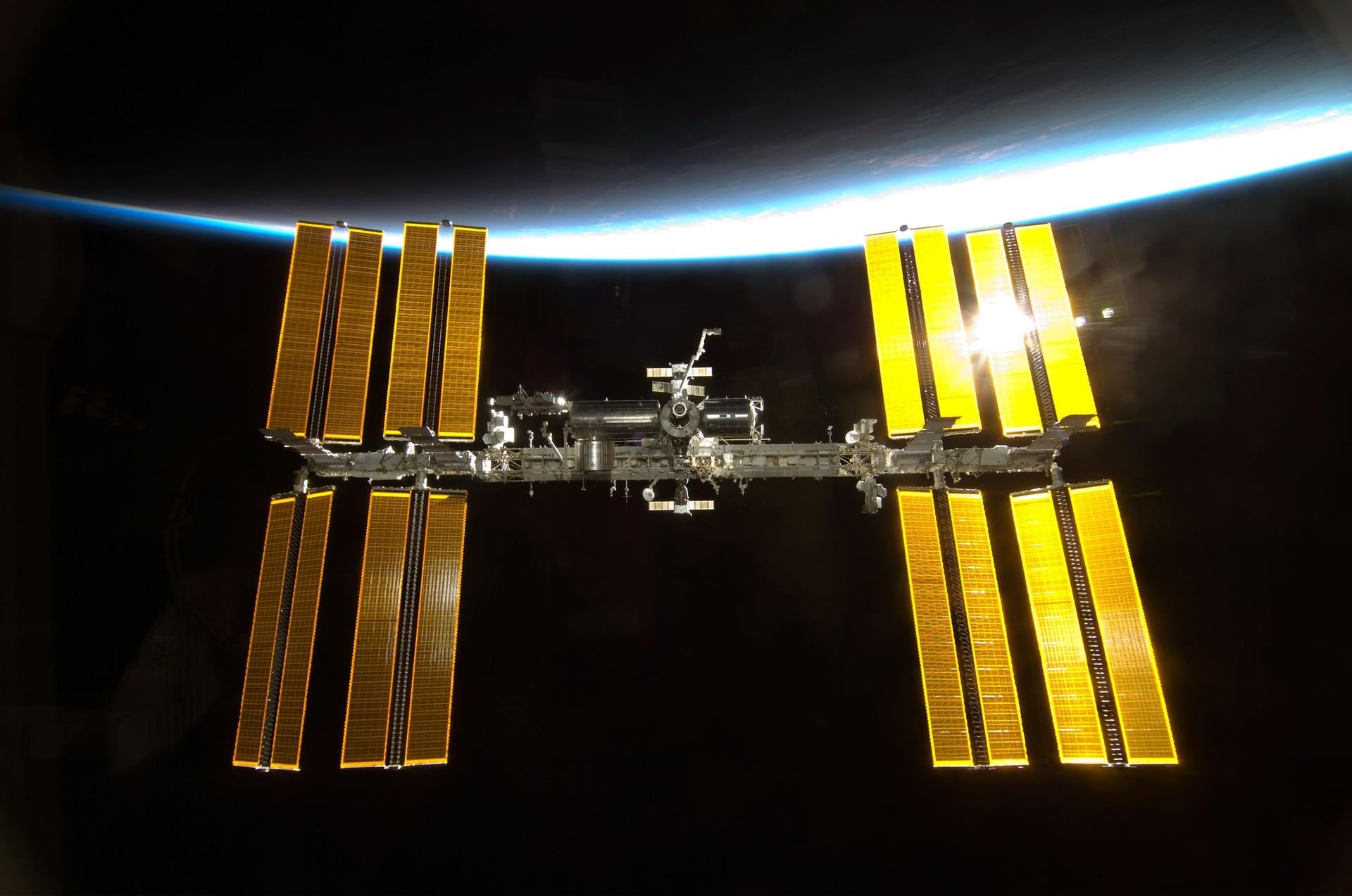The next few evenings will provide excellent opportunities for observing the International Space Station in the night skies above both Europe and North America. Beginning this evening, May 21 through May 23 the ISS will pass over from two to four times per night, depending on your location. Because of the station's current orientation and flight path, it will be highlighted almost constantly by sunlight as it flies over these continents, and thus visible to Earthlings below. If you've never had the opportunity to see the space station fly over your backyard, this is a great chance to do so, given your specific area is free from cloud cover. And for those of you that have seen the ISS before, you know what a spectacular (and sometimes spine-tingling) sight it is. It's unusual to get such a clear view of the ISS across such a wide spectrum of countries. And how, you ask, can you find out when the station will be flying over your house?
There are a couple of different websites that provide real-time tracking data and information about the ISS sighting opportunities. NASA has a
Quick and Easy Sightings by City
site, where you just search for your country and city which provides local times and the location in the sky where the station will be visible.
The European Space Agency also provides their ISS: Where Is It Now site that also allows you to select your country and city to find the station's location.
The
Heaven's Above
website (which also powers ESA's site) is also an excellent site to find out when the ISS, as well as all sorts of other satellites and other heavenly sights will be visible. At Heaven's Above, you can plug in your exact latitude and longitude, so if you live in a remote area, you'll be able to have exact times and locations to look for satellites instead of relying on information for the nearest city.
So take this great chance to see our orbiting outpost. If you have a strong enough and tracking-capable telescope you might even be able to spot specific modules on the station, or the solar arrays. The
Astrospider
site has some images and movies available of what this looks like.
And this is a great opportunity to inspire a child about the wonders of space exploration and astronomy.
For more
information about the ISS.
 Universe Today
Universe Today
